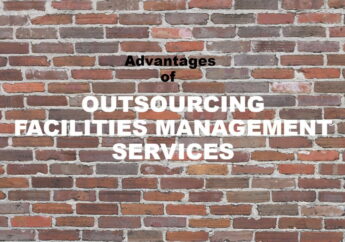How Business Can Promote a Positive Team Working Environment?
by Mashum Mollah Management Published on: 08 February 2018 Last Updated on: 12 May 2025

To become more productive, you need your employees to work as a unit. It is, however, not easy to create a positive team working environment, primarily due to disagreements and infighting amongst the employees. These five strategies can go a long way in ensuring you foster a positive team working environment in the workplace.
1. Implement incentive programs for good team performance
The easiest way to create a positive team working environment is by creating recognition programs to award groups of employees who show good performance. Give the teams tokens of appreciation and publicity for their work. You will quickly boost teamwork in the workplace among all the workers because they will want to feel that you appreciate the value of the work that they do for you. You don’t need to give the employees expensive gifts to show your appreciation; small tokens and lots of appreciations will work just fine.
2. Encourage social activities
A positive team working environment requires that employees know each other on a personal level and can discuss various issues that don’t necessarily relate to work. Encourage your workers to meet for coffee at the nearby cafe, or take them to team building events over the weekend. Team building events are a great way that workers can unwind and socialise over numerous activities that ensure they can bond. For bookings and inquiries on team building events, you may want to visit companies that specialise in this particular field like Team Tactics corporate hospitality specialists.
3. Define responsibility
Each member of your workforce needs to understand what roles they play in your business to ensure a positive team working environment. Before handing over any projects, you need to outline skill sets and functions of each of the team members. It is also critical that you encourage the team member to help each other in case of an individual member encounters any difficulties. Talk with the members of the team to ensure that they can get the work done within a specific period.
4. Identify existing problems
It is critical that you regularly check with the team to identify any arising problems like one person in the group acting passively-aggressively, personality clashes or a failure to meet deadlines. In most cases, the teams may want to let issues sort themselves out, and this is not ideal for a positive team working environment. Ensure you sort out all the problems immediately they arise and encourage members to discuss the issues collectively.
5. Remain positive
Your motivated and positive energy as a leader will inspire your workers to follow in your footsteps. Most, if not all, of the workers, look up to you as their leader. It is, therefore, critical that you remain positive always and encourage them to work together as a family.
Read also: Employee Perk Ideas to Boost Satisfaction and Productivity
6. Encourage independent decision making
The best way to affect the trust people have in the organization and alienate teamwork is by restricting them from making simple decisions. Your employees need a certain level of autonomy for independent teamwork to be really effective.
Read also: 4 Ways Office Automation Helps Employees Stay Productive
With decision making, you often have to rely on the expertise and knowledge of other team players, which is one of the main reasons collaboration is becoming integral to success. Collaborative leadership’s main goal is to manage relationships to allow team members to succeed independently while reaching common goals. By giving employees more control over decision making, you’ll promote active teamwork and increase your chances of changing your company’s culture at the same time.
Conclusion
You need to maintain a positive team working environment to boost productivity and improve your business. You will, therefore, need to identify the employees who can’t seem to work well as a team and try to help them on a more personal level by encouraging dialogue.
Read also:



































































































